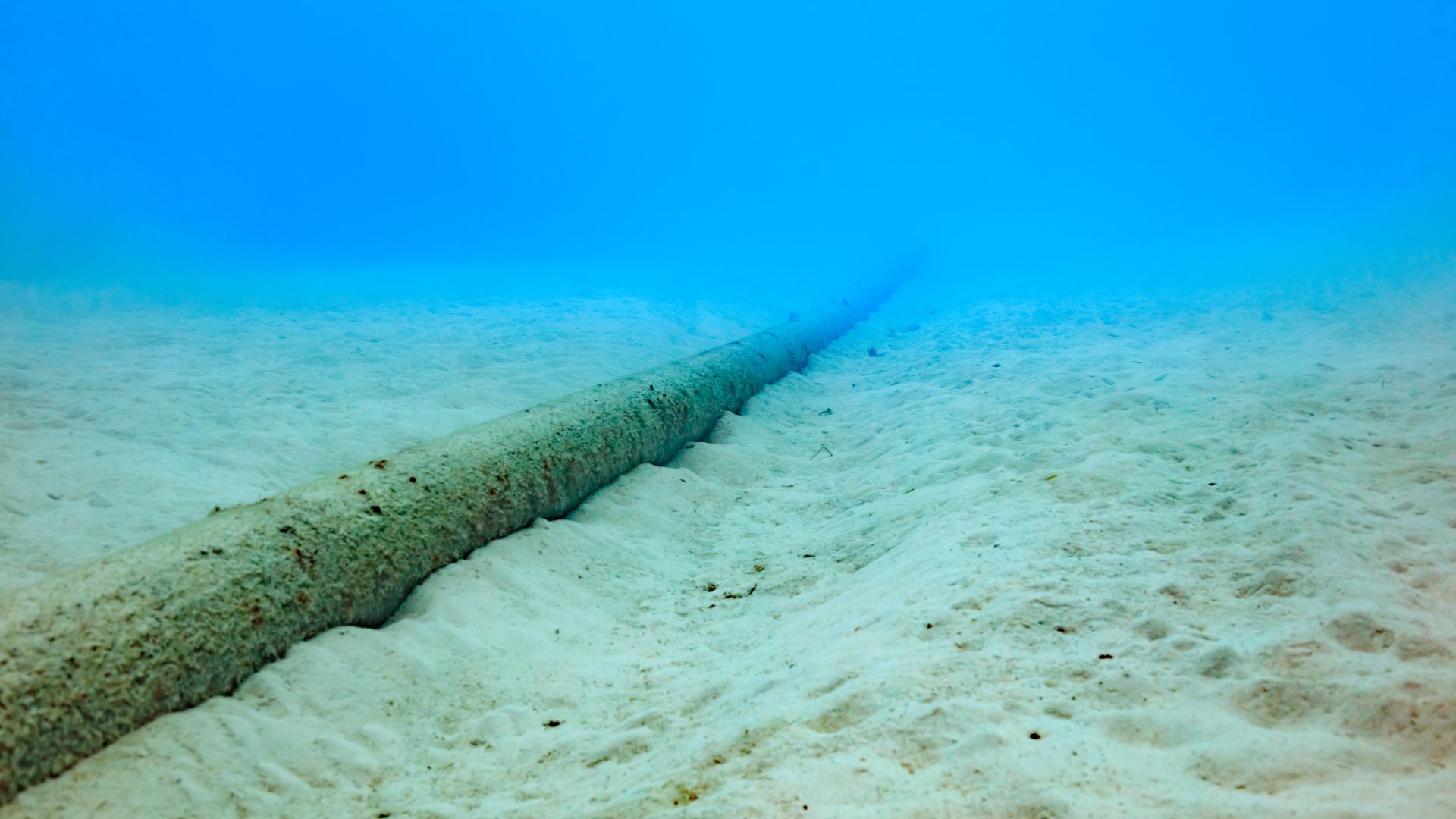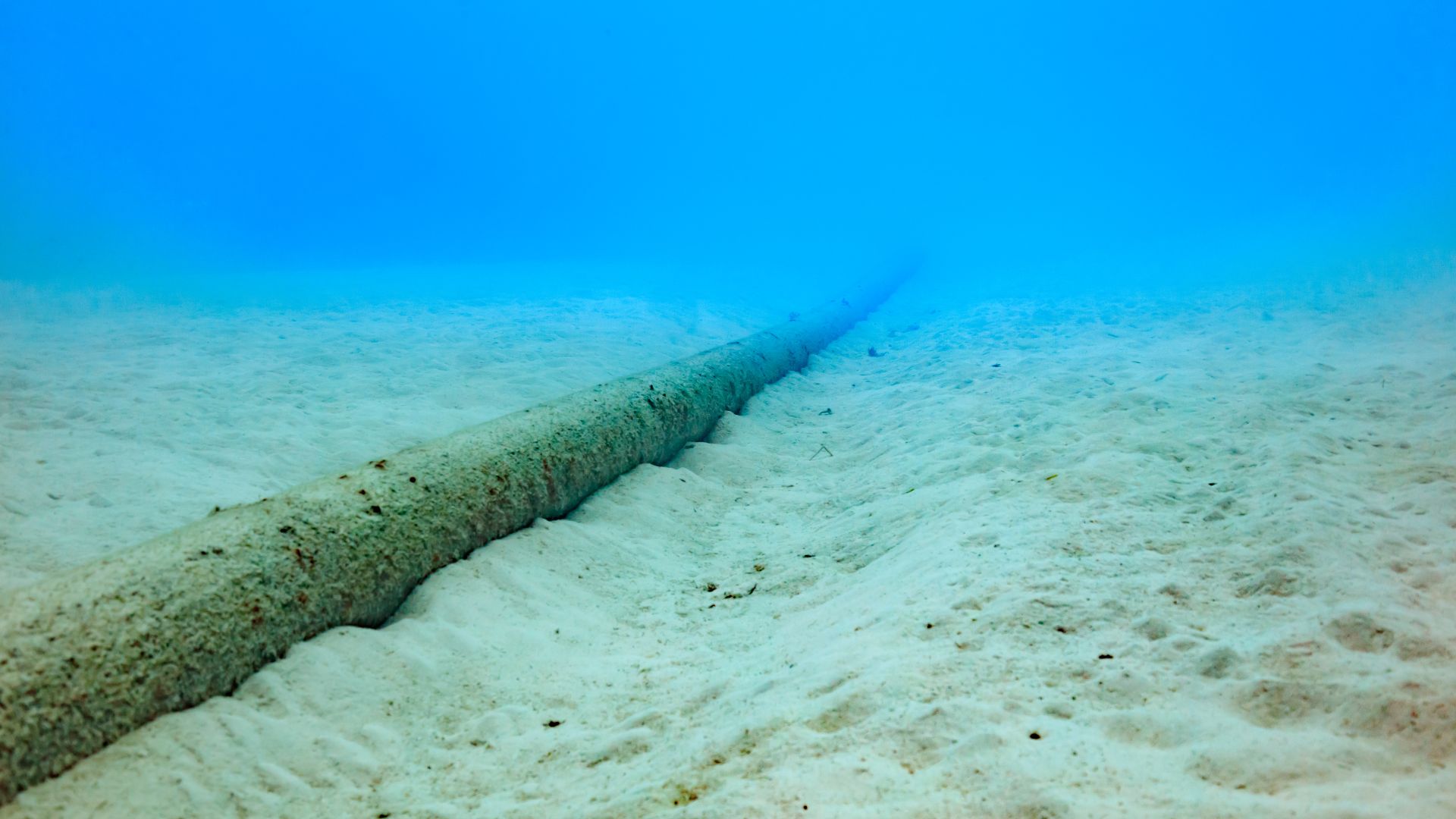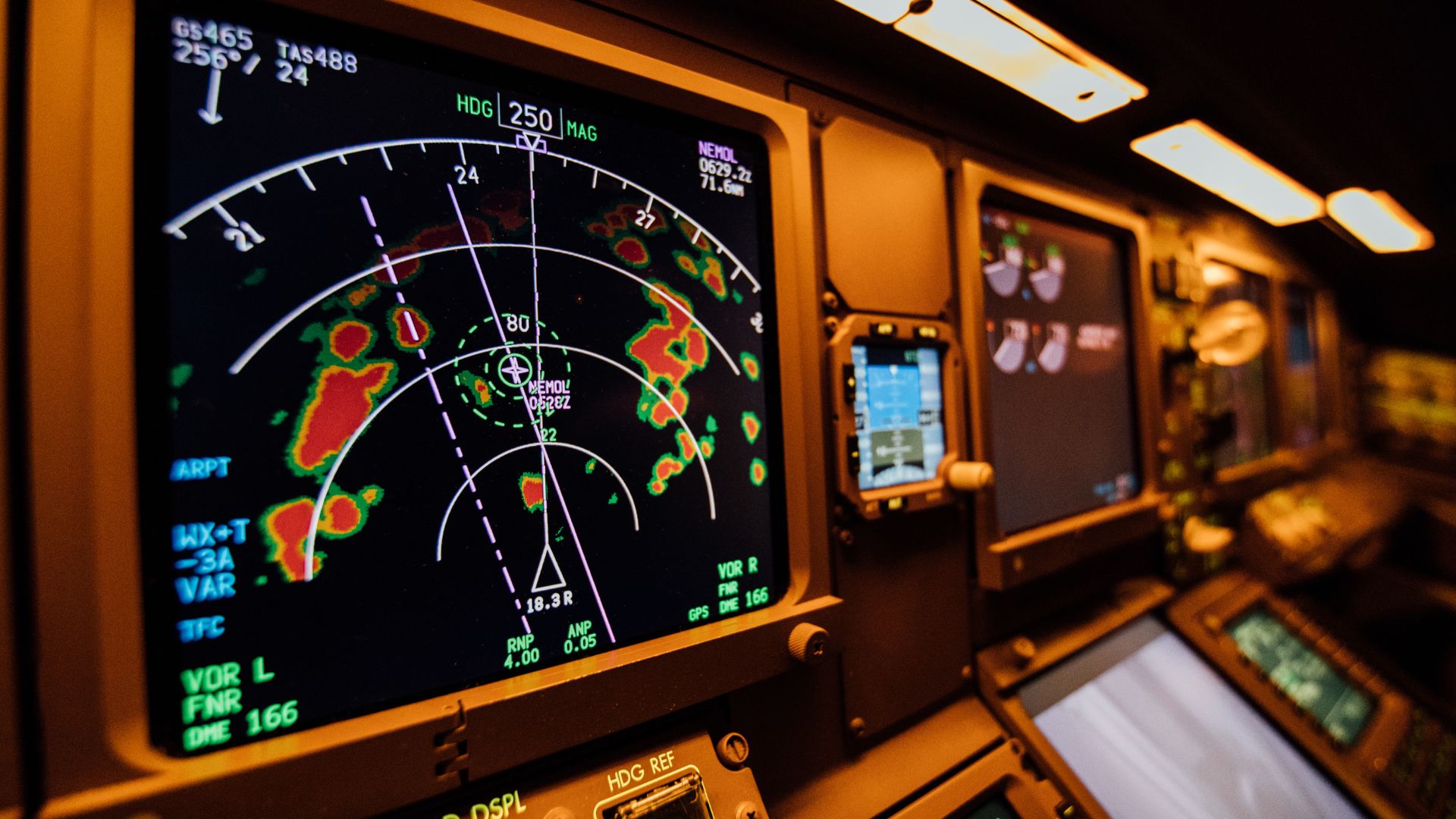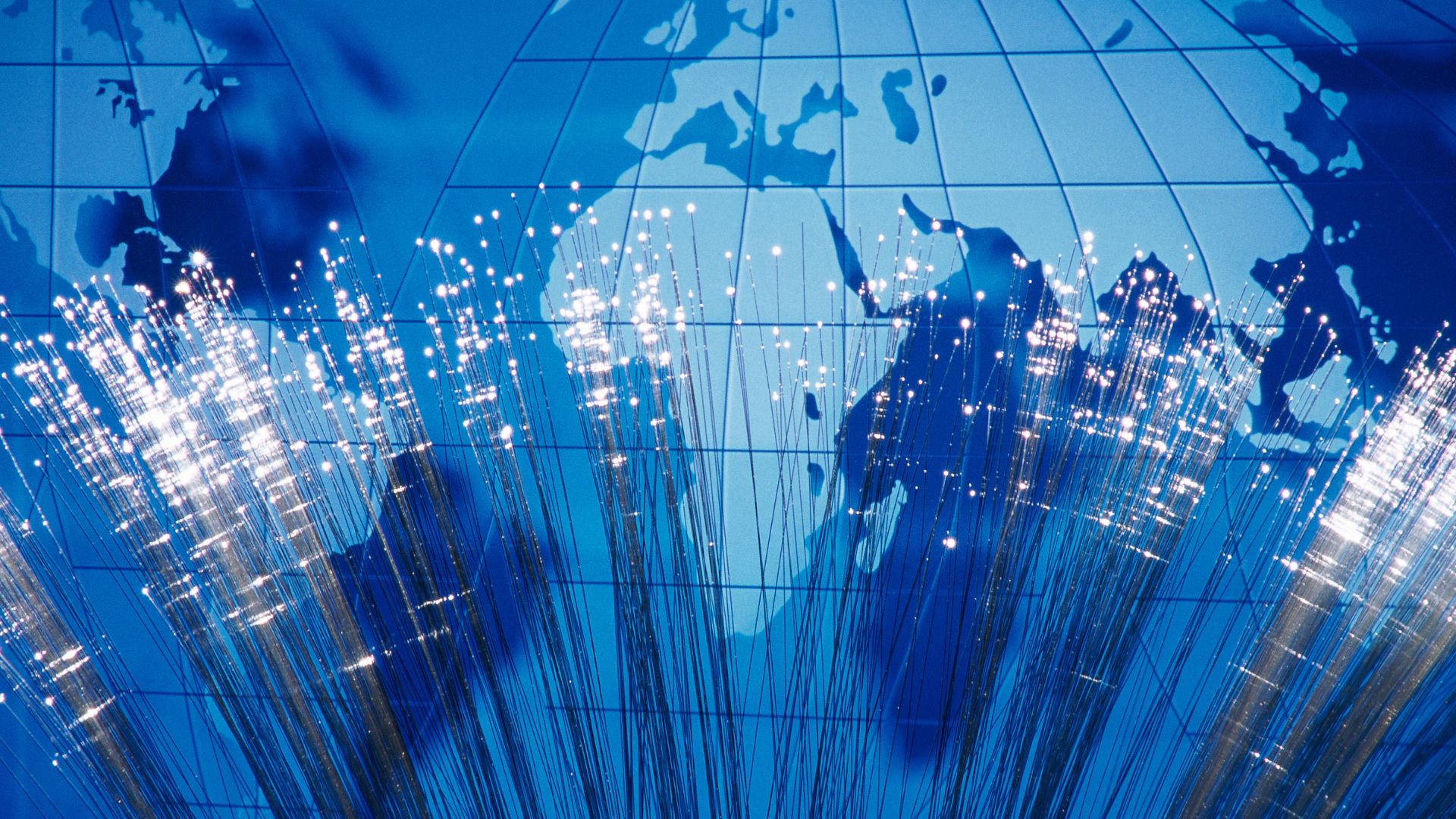Inside the World of Submarine Cables: How Data Crosses Oceans

The internet may seem wireless, but nearly 99% of global data transmission relies on submarine cables—massive fiber optic cables laid across the ocean floor. These cables form the backbone of the internet, enabling global connectivity.

How Submarine Cables Work
Submarine cables are bundles of fiber optic strands wrapped in protective layers to withstand deep-sea pressure, currents, and potential damage from ships or marine life. They carry vast amounts of data between continents at speeds of terabits per second.

Laying and Maintaining Cables
Specialized ships deploy cables across the Atlantic, Pacific, and Indian Oceans, carefully mapping routes to avoid tectonic zones and hazards. If cables are damaged—often by fishing trawlers, anchors, or natural disasters—repair ships must locate and fix the affected section, a process that can take weeks.

Key Players and Future Trends
Major tech companies like Google, Facebook, and Amazon are investing in their own private submarine cables to enhance data transmission speeds. Innovations in fiber optics and deep-sea technology will further improve these critical networks, ensuring the continued expansion of global internet connectivity.

